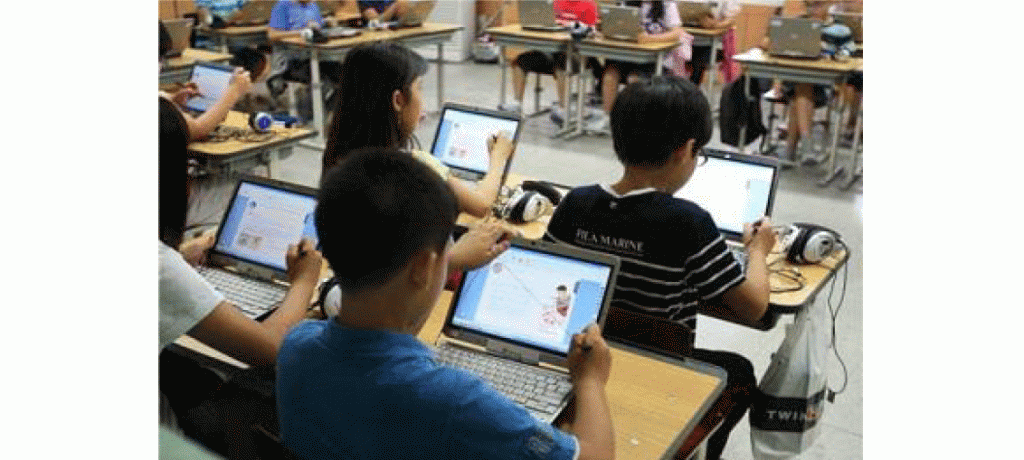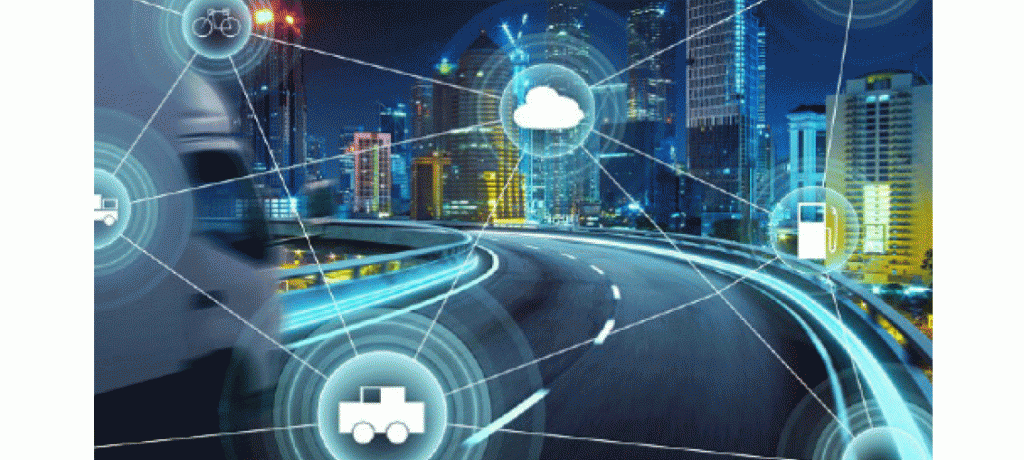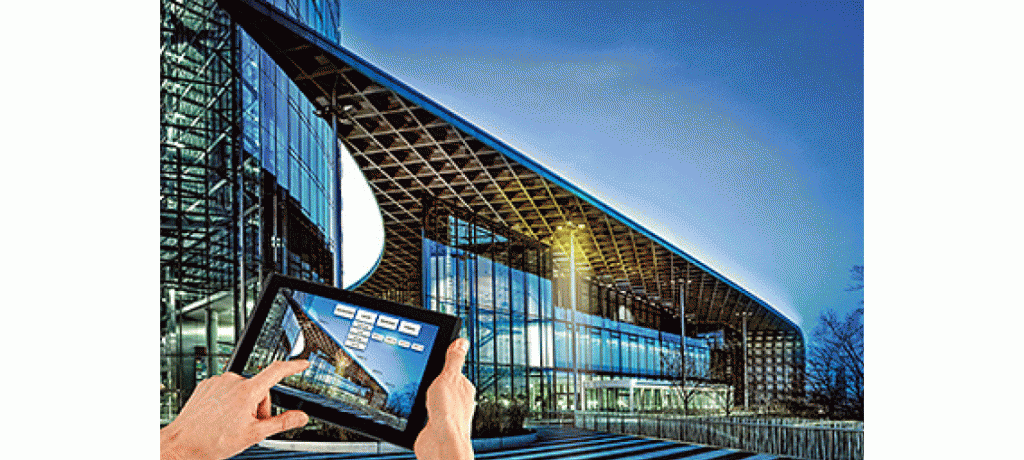Ramesh Subramaniam is Director General, South-East Asia at the Asian Development Bank, Manila. He was highly appreciative of the wide range of subjects that we had covered on India 2030 in the IE golden jubilee commemorative volume in March 2018. I had a business trip scheduled a trip to Philippines. He invited me to address select specialists at the Asian Development Bank in Manila on India’s Smart Cities project. I addressed them on Diwali day, 06 November. And for my efforts I received a Diwali bonus of a special lunch at ADB’s sprawling dining hall! I also interacted with their senior executives. Excerpts from my talk
India is urbanizing. The migration from villages and towns led to the emergence of megacities, each with a population exceeding a crore. The government has identified 100 cities to develop as smart cities. These will incorporate technology to improve the quality of urban services. There are a few drivers of change: transportation, security, energy, technology, healthcare, housing, water and sanitation and education. I focused on a few of these levers.
Many countries have shown interest in partnering India in helping its cities go smart. These countries will focus on building institutional, physical, social and economic infrastructure. They will also facililate citizen engagement, investments, skill development and full employment to improve the quality of life. Of course, attention will be paid to environmental issues, including a mechanism for disaster management.
SMART TRANSPORTATION
India has a strong base for the production of automobiles and auto components. Global majors have established production facilities for Indian and global markets. India produces annually 2.3 million cars, 25 million two-wheelers, 0.7 million three-wheelers and a million commercial vehicles. From taxi apps to car sharing, from rapid bus transit to metro rails, from bike sharing to walking, choices for commuting are expanding.
Powerful multinational corporations have leveraged the new prosperity of the urban middle class. This has resulted in explosive growth in the number of vehicles on roads and has been contributing to traffic jams. Chennai is a typical example: for a population of 5 million, it has 3.7 million vehicles of which 3.3 million are two-wheelers. This means private transportation accounts for a significant share of commuting. In 2010, a full 20 years after I had first recommended it, the metro rail project for Chennai started. The initial phase of 45 km of two metro rail lines will be fully in operation early next year.
Let us meet Dr. V Sumantran, the Harvard scientist, who has worked on automobile research across the globe. He, along with two of his Harvard colleagues, wrote a book on the Future of Car and Urban Mobility. The authors stress that the world must design cities for its citizens and not for its cars. This is true of several metros where the target is to ensure that 70 per cent of commuting happens by mass public transport. The smart city plan would work on automated passenger information system with real-time information, parking management and transit-oriented development that will include walking, cycling and bus connectivity. Role of autonomous heavy buses for public transportation, use of integrated technologies and, importantly, the switch to electric vehicles are all on cards.
In public transport, last mile connectivity is vital. In recent months there is a welcome spurt of initiatives from Chennai Metro Rail Ltd. (CMRL). Here is an instance. To take care of the last mile conveyance in select metro rail terminals, CMRL has provided for a modest fixed fare of Rs 10 for share auto and Rs 15 for share taxi ride up to 3 km. Such measures have led to a significant increase in the number of commuters by metro rail.
I recently visited Hong Kong, which has a brilliant commuter transportation system. These include the metro rail, big and small buses and trams and ferry services. A pre-paid debit card Octopus, provides for availing not just the services of different modes of transport but also for retail purchases. A refundable deposit of HK $ 50 and refill @ HK$ 50 gets one the Octopus card. There is 50 per cent concession on the transportation services for senior citizens and children.
The ease and convenience of the Octopus cards are worth emulating. I do hope the long talked about move towards a single urban transport authority would take shape soon. Despite all the criticism over demonetisation, there has been a huge shift to simple instruments like RuPay cards. It should be possible for CMRL to introduce a Hong Kong type debit card.
SMART ENERGY
The second significant change will take place in the energy sector. We are heavily dependent on fossil fuels. Nearly two-thirds of India’s installed capacity of 250 GW power is based on coal. The new energy policy envisages phasing out lignite from new plants by 2022 and phasing out coal from 2027. Thus the future will predominantly have solar and wind energy.
Tamil Nadu is a leader in harnessing wind energy. Around 8500 MW, forming a third of the total capacity, is accounted by wind energy. The current focus is on solar power. With an abundance of the sun almost right through the year, India targets to harness 100 GW from this source. The smart city programme will have green buildings that will focus on optimised use of energy. Every significant building will have a roof-top solar facility. The power needs of the agriculture and domestic sectors, which constitute 50 per cent
of power consumption in Tamil Nadu, can be met by solar power.
SMART DIGITAL SECURITY
Smart cities will take care of the safety of its citizens. A broad spectrum of city surveillance and homeland security systems are being installed as part of the intelligent cities’ programme. India’s largest city surveillance project comprising 5000 cameras was established in 1500 locations in Mumbai metro. Similar systems were installed in other cities. The results have been dramatic: in Rajkot (Gujarat), in the last six months, crime rates fell by 18 per cent. Public littering has reduced substantially. In Ta-
mil Nadu, the city cops have been able to track criminals of burglaries, bank robberies and murders with remarkable speed, thanks to ubiquitous security cameras. Push button systems at vantage points also help a citizen in reaching out to the nearest police station. Now it is mandatory to have such emergency push buttons in autos and taxis that have a centralized control system. These help in improving traffic management and in reducing corruption.
SMART TECHNOLOGIES

Smart cities will use new technologies like the Internet of Things (IoT), sensors, GPS equipment and cameras. These will collect and transmit data to a central facility, convert the data and information received for real-time monitoring and provide instant response. A welcome development is flowering of enterprises among educated, tech-savvy youth who come out with apps in an un-ending stream. Smart cities will give enormous scope for such enterprises.
Internet and digital technology together will contribute to increasing levels of public-private partnership. These will strengthen the functioning of government institutions and facilitate easy reach to all citizens. Digital governance also makes a system more transparent and the citizens better informed. Making effective use of communication technology, it provides for easy access to government data. Services of government will be provided cost-effectively. The lack of human interface will reduce corruption in availing public services.
SMART HEALTHCARE

Hospitals will use Digital and mobile devices, Artificial Intelligence (AI) and the Internet of Things (IoT) to predict ailments, spot diseases and cure them. Sensors will collect patients’ data, professionals will analyse it and this will lead to cost-effective personalised treatment. Also, AI will be used to perform repetitive tasks like examining laboratory tests, x-rays, CT scans. It can spot cancer and vascular diseases early and predict health issues based on genetics. IoT would integrate the data from experiments instantly, monitor the condition of the patient and then relay that information to the doctors in real-time.
Electronic Health Record (EHR) is the starting point for all this. Technologies such as block-chain will help us populate and maintain EHRs. The future of smart healthcare in smart cities will be driven by ingestible pill monitors, bio stamps, nutrition sensors, AI doctors, 3D printing, etc. Over time we will have minimized response time, quick emergency services, reduced crowds in hospitals, remote treatment and collaboration with doctors around the globe.
Smart wearable devices will be an integral part of intelligent healthcare. A patient will use them to assess his health status on his own. These devices help in checking glucose level, heartbeat, cardiovascular problems, vision quality and chronic ailments. Products like fitness bands have gained popularity. Smart watches, 3-D printed pills, smart contact lenses and smart bras are some of the developments that are already happening.
All this will require a public-private partnership.
SMART HOMES AND BUILDINGS
Smart cities should have intelligent buildings and smart homes. Let us first explain the idea of smart homes. In a typical smart house, many of the following will happen:
Your television can connect you to the Internet and help you access movies and music on demand. In short, an Amazon Fire will become the default mode in a TV. Smart lighting can know when you are in the room and adjust brightness based on daylight availability. With smart locks, you can allow visitors into your home. In fact, these can even detect when you are about to reach home and unlock the doors for you, switch on the lights and play out your favourite music! A smart home system can second-guess when you will reach home and ensure the house is air-conditioned by the time you arrive. With smart security cameras, you can monitor your home when you are away. Kitchen appliances have gone smart. Smart coffee makers can provide you with a fresh cup of coffee as soon as you get up. Smart refrigerators can make shopping lists for you!
Smart buildings use technologies to improve building construction efficiency, reduce energy cost and ensure safety on the lines we just outlined. These help in power maintenance and manage power outages more quickly.
SMART SANITATION
Smart sanitation centers on potable water, drainage system and toilets for all.
In India, existing toilets use too much water. In the new world of smart cities, the drainage system will use the Internet of Things (IoT) technologies. By incorporating such technologies, we can improve preventative public health information, and provide early warnings for outbreaks of disease. Smart sanitation involves continuous monitoring of water resources, real-time measuring and effecting improvements in problem diagnosis.
The system acquires data through sensors, smart pipes and smart meters; disseminates it through the Internet; carries modeling thanks to geographic information system (GIS); does data processing and storage, eg. cloud computing); and takes a decision through web-based communication. Let’s walk through some details.
Wireless sensors help cities to accurately check their water supply systems. Such sensors can detect flow rates enabling early-leak detection and assist in the prioritization of repair work. Smart meters support on-line measuring of consumption.
SMART EDUCATION

Smart cities will have smart schools that will employ intelligent classrooms.
For the teacher, the information helps him know how many attended and how many were absent, of how many attended how many left mid-class, etc. He also gets to know how many of them used the App to access reading material and how long did they study.
Apparently, we are in for exciting times. If only the government can push the smart city reform to its logical conclusion, we would live in a world so dramatically different from the world we all grew up.
– With inputs from Vijaya Durga
and Dr Narayanan Krishnan n




